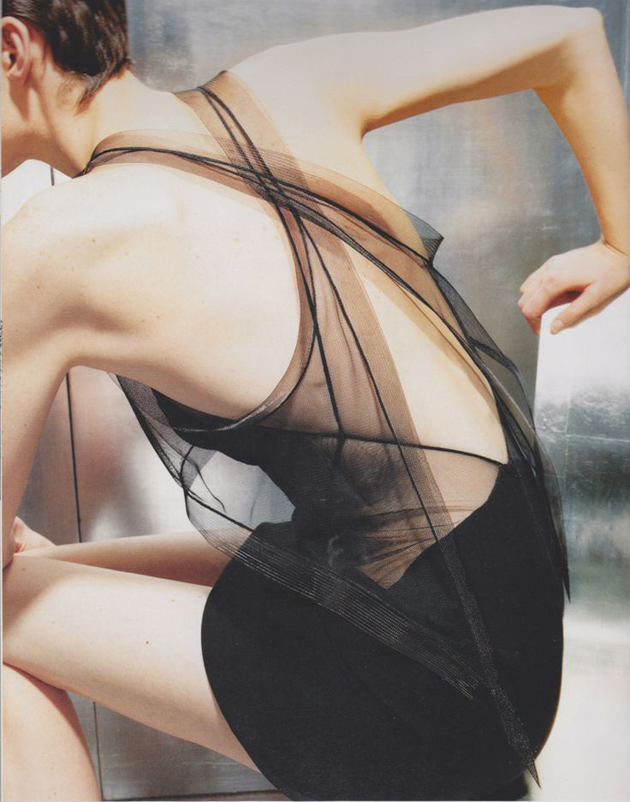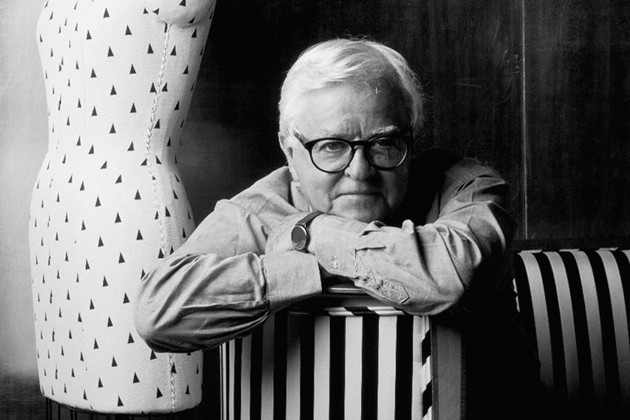
In today’s fashion, the cult of personality is of utmost importance. We are used to relating the name of a brand to that of a precise designer, always waiting for the next shift, the next reshuffling of fashion teams. To some extent, we have actually become spectators more than involved consumers, looking at fashion as a stage on which designers move, carefully playing their designater roles. In this context, the peculiar story of Geoffrey Beene has the shape of a paradox. Beene was among the first to openly advocate for individual identities of designers to be recognized, beyond the limits and restrictions imposed by the industry. Nowadays only a few, even among fashion students and industry professionals, are fully aware of the work of a man who dared to put his name – rather than that of a company – on the labels of his creations, sold in an eponymous boutique on the Seventh Avenue in New York. It happened in 1963, in a decade fraught with change and innovation: a golden age of individuality, personalities and character destined to stand out and make a difference.
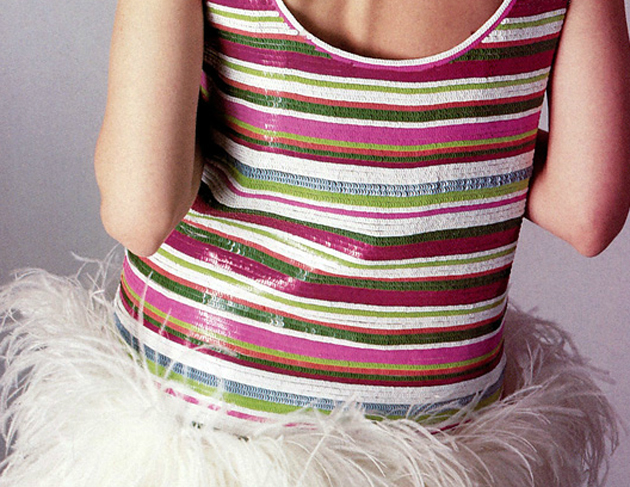
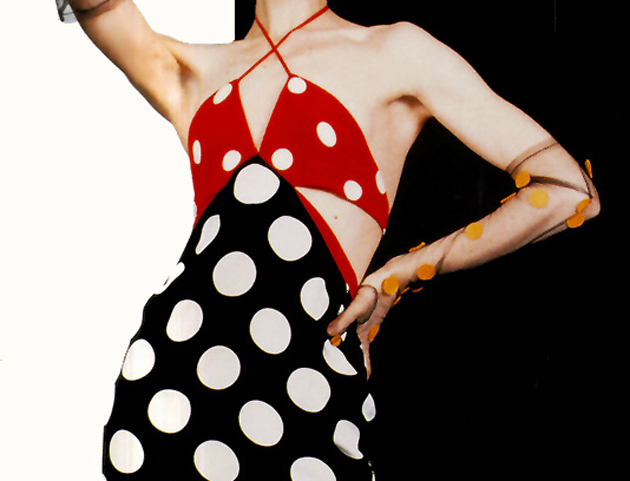
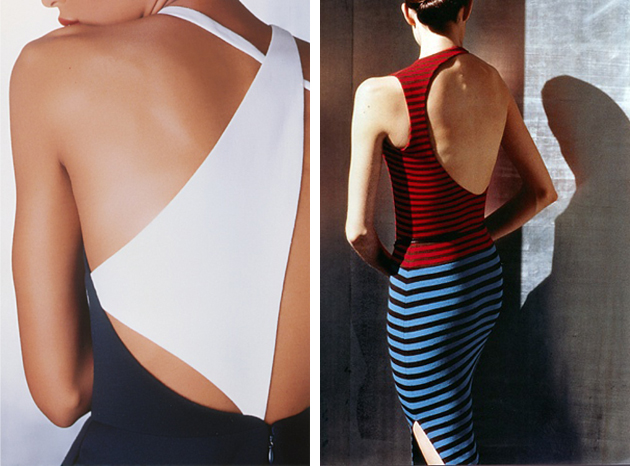
Geoffrey Beene was, of course, one of these incredible personalities. His work must be noted for its capability of fusing together thoughts and reflections on different spheres of the fashion system, defending the autonomy and supremacy of creativity and originality. It could be that his short-lived experience as a medicine student, promptly abandoned to pursue a career in fashion, sparked an interest in the female body. Strongly interested in its curves and lines, Beene shared the same analytical vision of anatomy with his contemporary Charles James. His designs took into consideration the needs and desires of women who, after becoming Beene’s customers, were totally devoted to his vision: sometimes irreverent, other times extremely elegant, Beene brought pret-a-porter on the same level of couture for both structure and significance. “Design is a revelation to me. It’s like taking something that is not alive and giving it form, shape, substance, and life,” he used to say. Beene’s revelation was supported by hard work on unusual fabrics, always looking for new ways to break into a consolidated language with measured grafts, precisely thought to fit into a pre-existent discourse. He was the first to bring jersey and other ‘poor’ materials to the ballroom, minimising seams and cuts to “let the fabric move and flow”. This was just one of many ways for stating, again and again, that the value of a design is not just in the preciousness of materials and fabrics, but in the ability and wit of who is capable of taming its intrinsic characteristics, subduing it to his will.
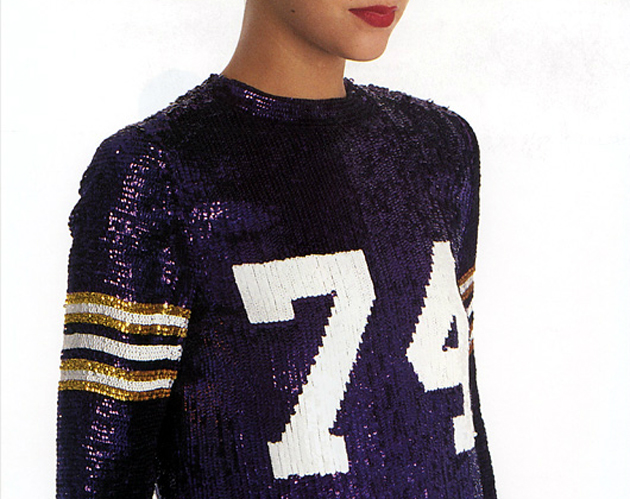
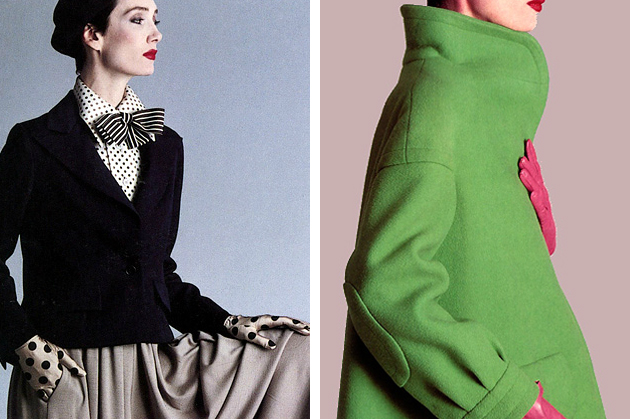
A trailblazer, Beene was sure of his abilities and completely into each of his designs, which he followed from conception to production and retail. Beene tried to protect his work in every way, pointing out that what was to be protected was first of all the identity of the person behind (and inside) the clothes. The dignity of his designs was considered a value to be shared with the consumer who felt part of a wider project, as if initiated to a new philosophy. His admirers are numerous, and his legacy counts, among the others, the names of Issey Miyake and, above all, Alber Elbaz who worked in tight contact with Beene for many years. “He taught me everything”, Elbaz points out, showing that Geoffrey Beene was a protector and could still be a teacher whose lessons should be taken out of the shade of history to serve as precious tools for reading the contemporary.
